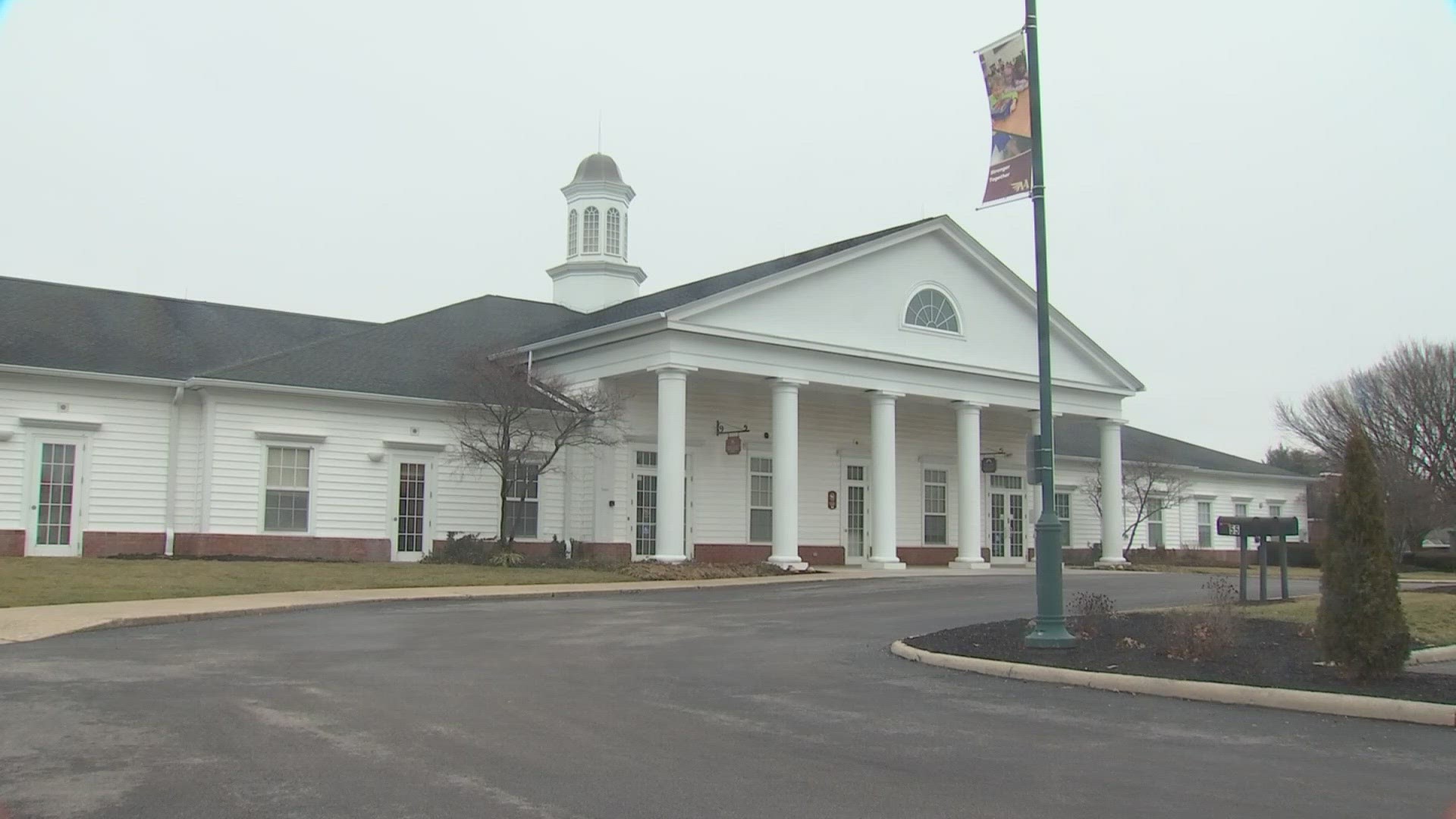NEW ALBANY, Ohio — School districts are bracing themselves for an increased number of students as a new industry moves into central Ohio. One district commissioned a study to better prepare itself for the growth.
The New Albany-Plain Local School District didn’t even exist 20 years ago. It was formed in 2005 out of the Plain Local School District as New Albany started to become what it is today.
The district’s board commissioned a study to get a better estimate of the growth it could see in the next decade. That study estimates New Albany-Plain Local could grow by more than 1,400 students. That full study can be seen here.
“We're willing to educate anyone and everyone. I just need the space to do it,” said Michael Sawyers, New Albany-Plain Local Superintendent. “It's a potential of getting 1,455 more students on our school campus. It's exciting and it's not said to scare people. It's our opportunity to continue to plan for the future just like we would plan for the past.”
The district currently educates around 5,000 students K-12 all on one campus. The district has prided itself on keeping students together in the same place throughout their tenure. Sawyers said he expects that to remain the case based on community response.
“We want to stay as a centralized campus. It’s part of what was initially envisioned of this community. Currently I believe that would be what we still attempt to do,” he said.
He said ever since the district, then Plain Local, experienced explosive growth as New Albany came to be, it has been calculated and controlled as to not overwhelm the district.
“I believe in New Albany's case, that development is planned and controlled. For the last 20 years, they've protected us as a school district to ensure that any development that came to the community would be responsible development that would generate resources to the district without giving us a huge influx of student body count,” he said.
The district has already cracked down on making sure its families actually do live within district boundaries. Families have tried to game the system by using an address they don’t live at full time to gain access to the district.
“We don’t tolerate it. You have to live here, literally live here. You have to sleep where your child goes to school,” said Sawyer. “We do residency investigations all the time. Those reports come to us and we have a process in place within the school district that we physically go to the residence multiple times to check who is living there and when they’re living there.”
The district’s most recent building was completed in 2015 and Sawyer said another building could be in the future as some of the buildings are out of space as demand for other programs grows.
“We're a school. We're here to educate children. That's what we do and we do it extremely well. That product is not going to change as we face the growth of the future. Those are our expectations,” he said.
It’s not just districts gearing up for Intel and other companies. Cities, townships and counties have also had to prepare. Intel alone has required significant infrastructure improvements from roads to water and power lines.

